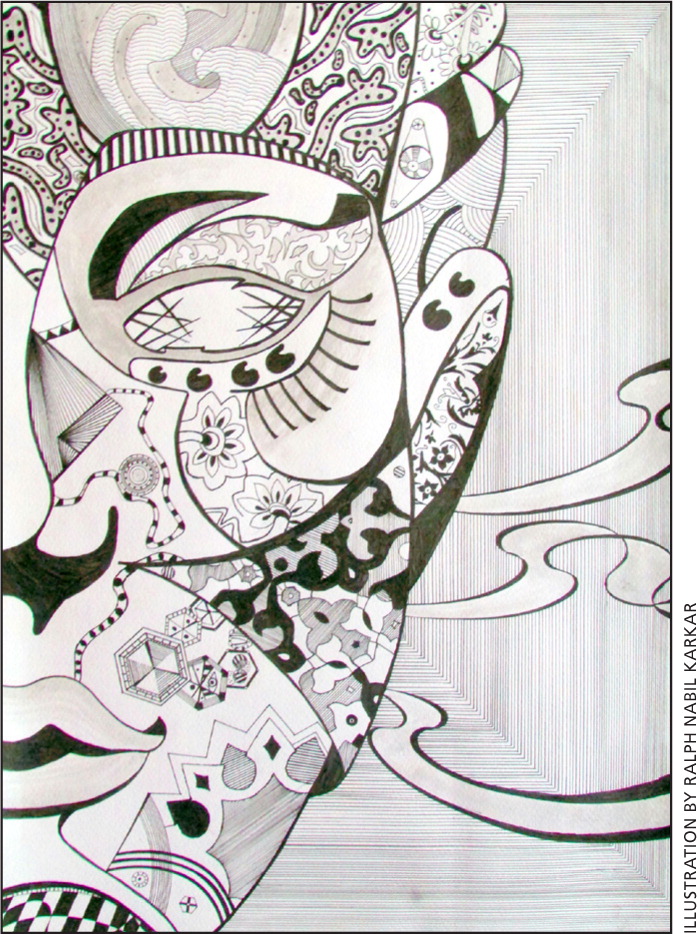
Am Fam Physician. 2016;93(6):486
Eighteen months after my cousin woke up to find he couldn't smile normally, he was dead. What seemed like such a small thing, a weaker smile, was a sign of something much worse, a malignant brain tumor. We had never anticipated this, I guess no one ever does, but I remember things progressing quickly and his life ending too early.
My cousin was all I could think about when I woke up one day to find my smile on the fritz. My stomach dropped. Suddenly, all of those decisions he had to make seemed like they would be mine now. I thought I could just ignore it, or that perhaps I was overreacting, but my daughter, a family physician, noticed my half-frozen face immediately. After a short examination, she told me that I likely had Bell palsy, a paralysis of the nerve going to the side of the face that gets better over time. Even though she has a medical background, I didn't believe her. I couldn't shake the feeling that something dire was heading my way.
I saw my family physician the next day, and he agreed with my daughter. But I still wasn't convinced. I pushed for a scan of my head, but my doctor seemed confident, and I had to admit that I trusted him. Thankfully, over the next few weeks, I regained function in my face, and my smile is nearly back to where it used to be. My doctors were right, but there's a reason I remembered my cousin and his struggle and related it to my own experience. Tomorrow isn't promised to anyone, and an unexpected illness forced me to think about what I might want if I ever found myself in that reality. It made me thankful for my smile.—c.r.

COMMENTARY
The patient doesn't always explicitly communicate his or her anxiety and fear surrounding a clinical diagnosis to the physician. This anxiety can lead to requests for increased testing or frequent patient encounters. Although this behavior is most pronounced in somatization disorder, it can emerge with any health concern. Personal interaction, patience, and active listening will help patients reason through and face their fears, avoiding unnecessary diagnostic testing.
